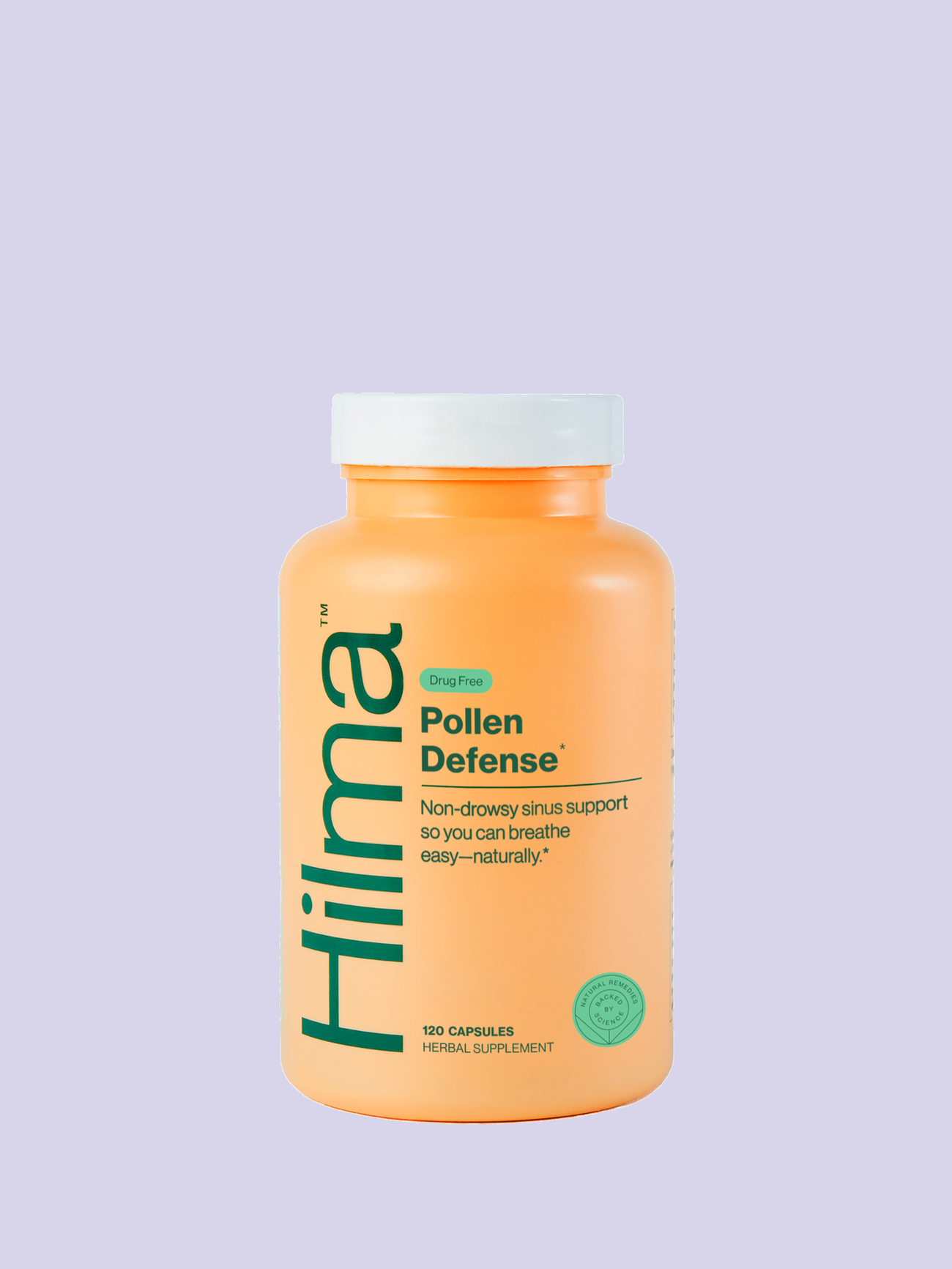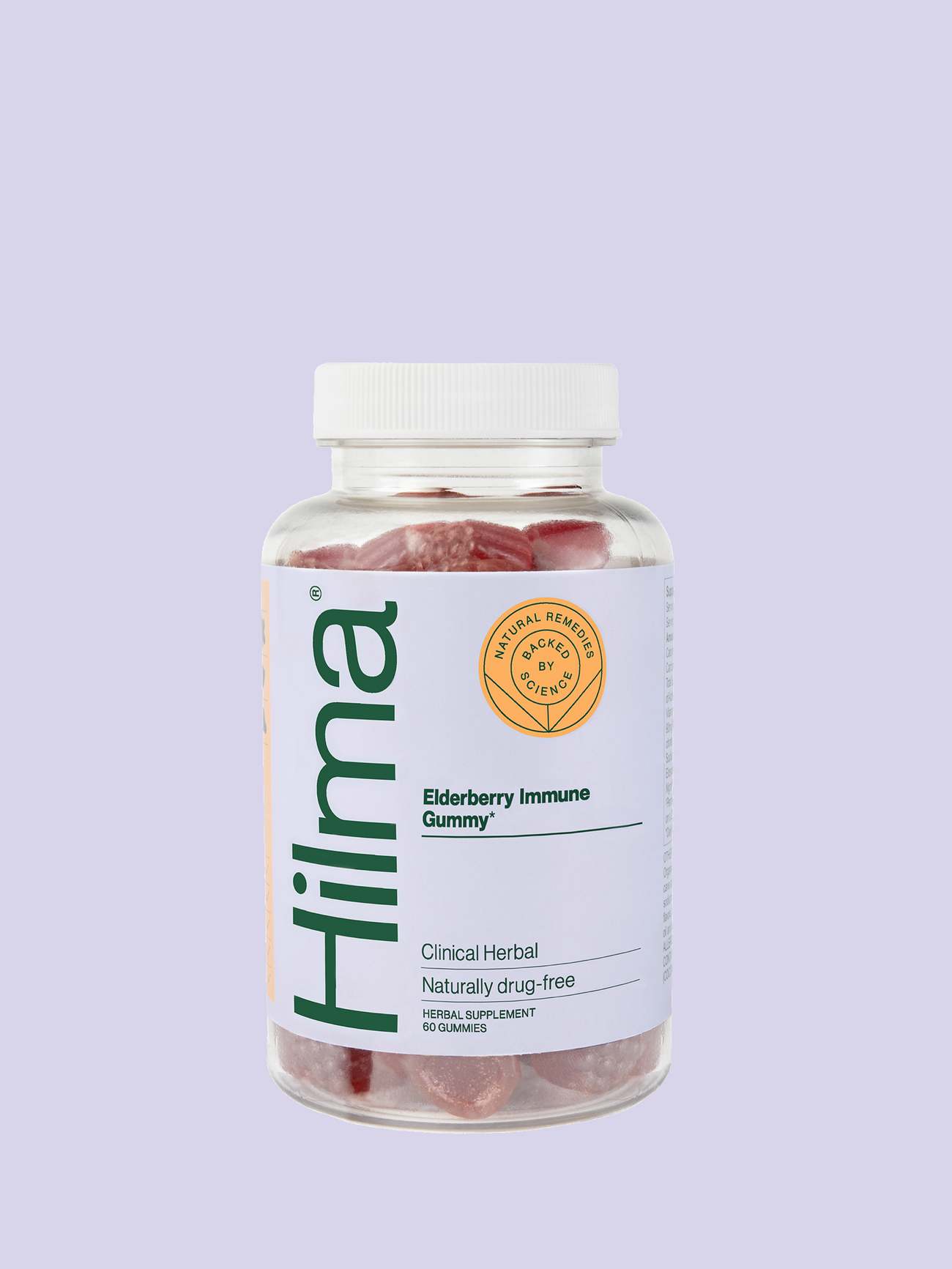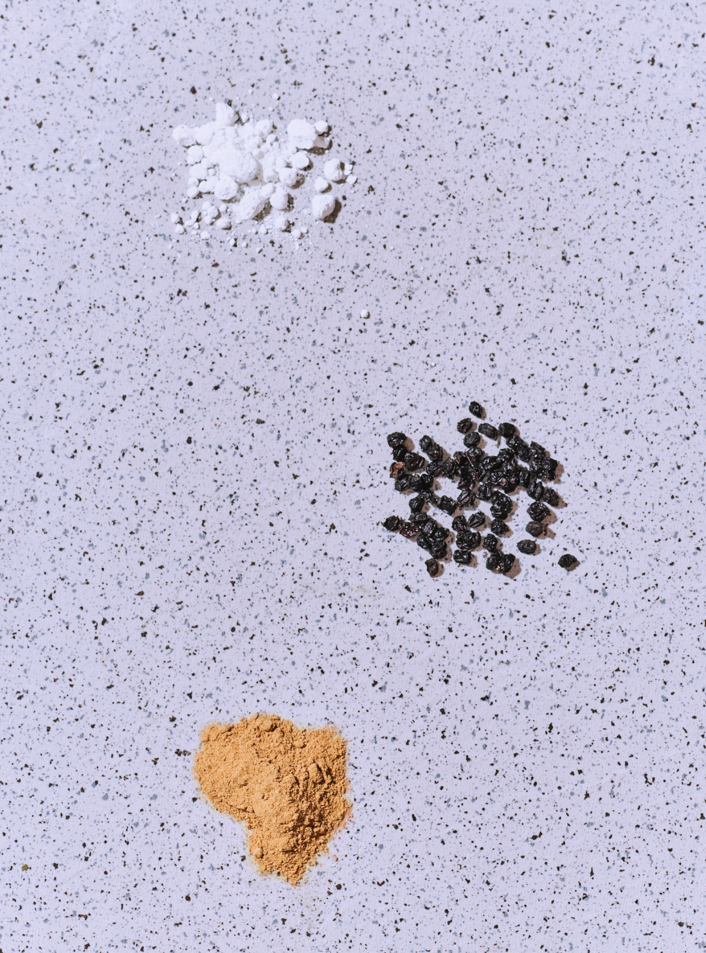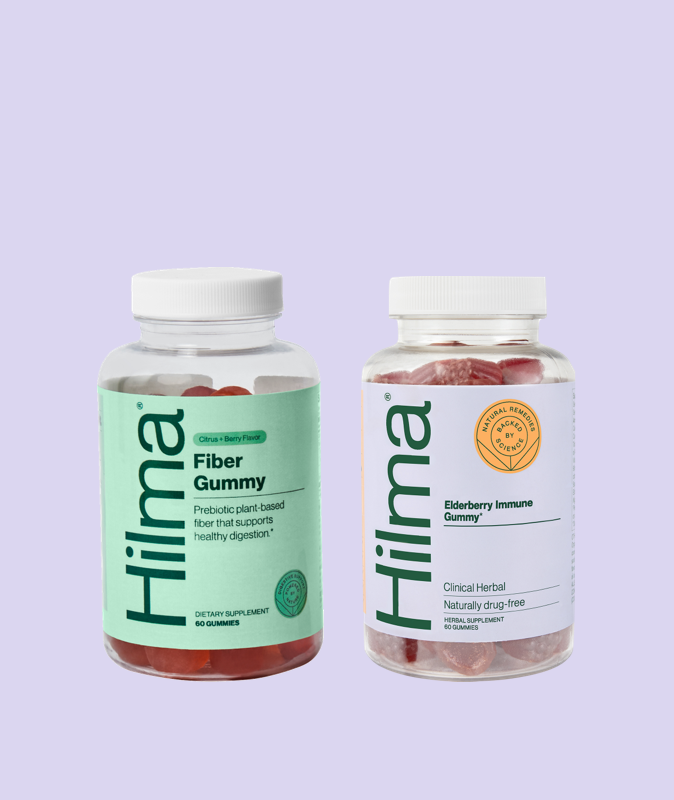
Turmeric is no new kid on the block. It’s been celebrated for over 4,500 years both as a culinary spice and a potent healing remedy. Here, we'll dive into the history and science behind this colorful root.
The History
The first sprinkles of turmeric (which translates directly to “victorious over diseases”) dates back to 2500 BCE in New Delhi where it later became a cornerstone of Ayurvedic Medicine, the oldest Indian medical system that is still heavily practiced today.
Ayurvedic doctors will recommend drinking turmeric to fight inflammation and ease chronic pain, inhaling turmeric fumes to relieve congestion, and applying turmeric paste topically for everything from chicken pox to acne. Today, you’re probably most familiar with turmeric as the main spice in curry or as that strong flavor in those spicy detox drinks at your local juice shop.
The Benefits & The Science
So how exactly does turmeric work, and why has it been hailed for so long as a healing agent? That’s mainly thanks to curcumin, one of the active compounds in turmeric that is both a strong anti-inflammatory and antioxidant agent. There are over 12,500 peer-reviewed articles published that support the medicinal properties of turmeric, specifically calling out the healing effects curcumin has in the body.
Because of curcumin’s ability to manage conditions and diseases caused by oxidative and inflammatory stress, studies have found that it can work to heal, “metabolic syndromes, arthritis, anxiety, and hyperlipidemia”. It also had been found to work on, “exercise-induced inflammation and muscle soreness,” helping physically active people perform better and recover quicker.
Plus, studies show that even those of us who are not presently suffering from pain, indigestion, anxiety, etc. would benefit from consuming turmeric on a regular basis as it will both provide auxiliary health benefits and help prevent the development of chronic diseases by keeping inflammation at bay and free-radical-fighting agents strong.
And, last, but not least, what are some tips when consuming turmeric for medicinal purposes? Unfortunately high levels of curcumin are not found in your average turmeric from the grocery store (most are ~3% in weight), so sprinkling it on your eggs in the morning is likely not going to help with a headache or sprained muscle, despite tasting delicious. Instead, when using turmeric medicinally it’s important to look for supplements and products that contain a minimum of 1 gram of curcurmin per dosage. It’s also important to consume your turmeric supplement with some black pepper and healthy fats (coconut oil, avocado, nuts, etc.), as this will help your body digest and assimilate the turmeric, so that as much of its healing compounds are absorbed into your body as possible. Without such enhancing agents, your body will likely do a good job of metabolizing and eliminating the compounds, and all those beautiful benefits along with them.
This information is for educational purposes only and should not be taken as medical advice. Please consult a physician before treating any disorder.




